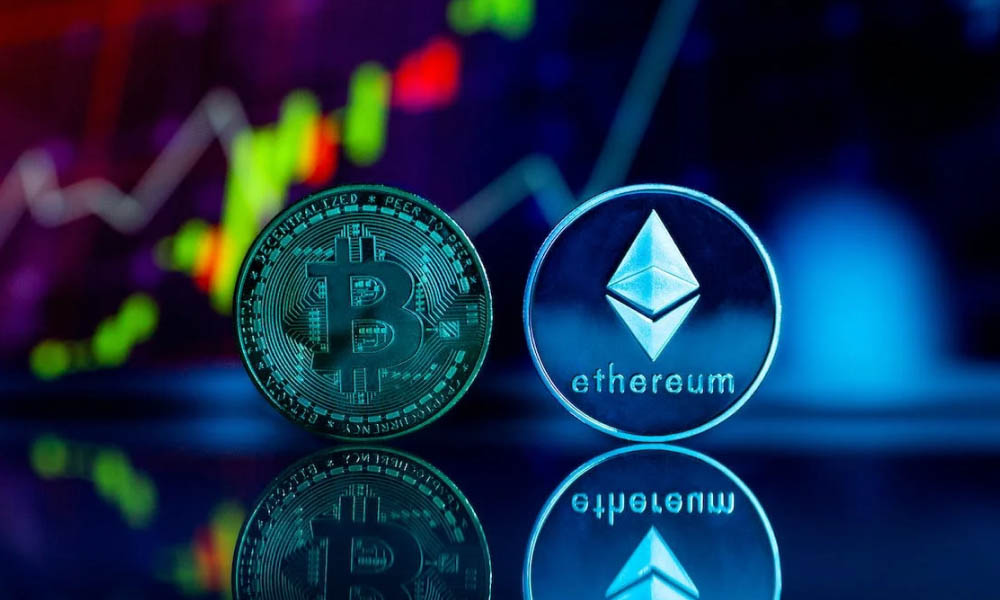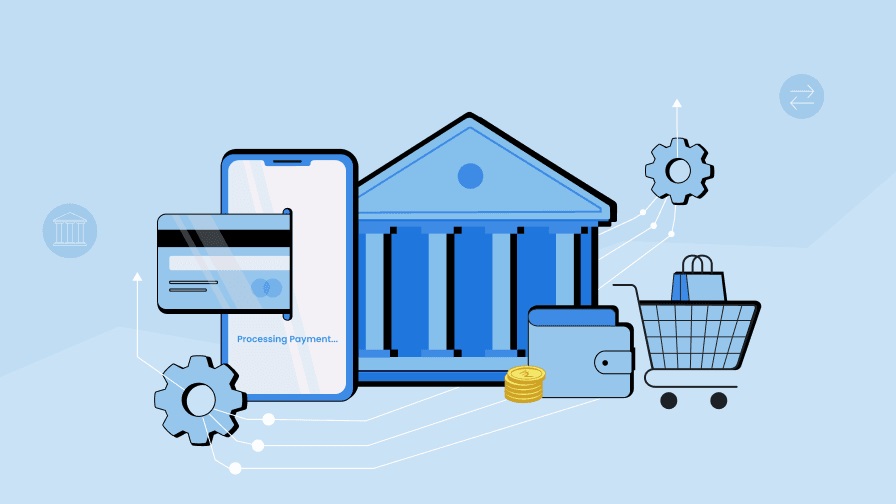What role do meme coins play in blockchain experimentation?

Meme coins’ act as spaces where developers can try new ideas. They explore different mechanisms and ways for the community to work together. These projects take risks and change quickly, which big protocols avoid because of rules and concern for investors. Community-driven experiments wif token and similar projects demonstrate how minimal viable products can test concepts before more serious implementations adopt proven innovations.
Distribution experiments explore
Meme coins test various token distribution strategies, including airdrops, liquidity mining, participation rewards, and novel allocation mechanisms that established projects avoid due to regulatory uncertainty or fairness concerns. These experiments generate real-world data about which distribution models create engaged communities versus attracting mercenary participants who exit immediately after claiming free tokens.
- Liquidity mining programs, rewarding early users with token distributions, tested mechanisms for bootstrapping network effects through incentives
- NFT-based distributions requiring artwork purchases or specific on-chain actions explored gating mechanisms beyond simple wallet eligibility
- Time-locked claim schedules, gradually releasing airdrop allocations, tested whether vesting reduces immediate selling pressure from free token recipients
- Social media verification requirements linking token claims to Twitter or Discord accounts explored identity-based distribution, preventing Sybil attacks
- Participation-based allocations rewarding specific on-chain behaviours tested activity-weighted distributions versus simple holding-based rewards
These distribution experiments across thousands of meme projects created comprehensive datasets about human behaviour under various incentive structures that serious projects now reference when designing their own distribution strategies. Fair launch concepts eliminating presales or insider allocations originated in meme coin communities before migrating to DeFi protocols and other serious applications. The willingness of meme projects to experiment with radical equality concepts demonstrated that zero insider advantage distributions could generate sufficient initial liquidity and community interest without traditional venture capital involvement. This proof of concept enabled ideology-driven projects to pursue fairer launches based on evidence rather than pure theory.
Governance mechanisms testing
Meme coin DAOs experiment with voting systems, proposal processes, and treasury management approaches without the high stakes that paralyse serious protocol governance, where wrong decisions could destroy billions in value. This lower-pressure environment enables trying radical direct democracy approaches, experimental voting mechanisms, or unconventional proposal formats that established protocols consider too risky. Successful governance innovations proven in meme ecosystems gradually migrate to serious protocols once their effectiveness is demonstrated through real usage. Token-weighted voting alternatives, including quadratic voting, conviction voting, and reputation-based systems, often debut in meme projects where communities willingly serve as guinea pigs for political experiments. These trials reveal practical implementation challenges and gaming vectors that theoretical analysis overlooks, helping refine mechanisms before deployment in contexts where governance failures carry severe consequences.
The data from thousands of governance experiments across meme ecosystems creates a knowledge base that political scientists and mechanism designers reference when developing next-generation coordination systems. Meme coins serve blockchain experimentation through enabling low-stakes innovation where failure carries minimal consequences, providing rapid deployment cycles, testing concepts quickly, exploring token distribution models, generating real behavioural data, field-testing governance mechanisms without high-value risks, and demonstrating community coordination at scale through voluntary decentralised organisation. These experimental functions generate knowledge benefiting entire blockchain ecosystems by proving concepts before serious implementations invest substantial resources.





